Why do cucumbers crochet and what can you do about it?
The quality of vegetables is usually judged by their appearance. Wrinkled, deformed fruiting bodies clearly indicate careless care, improper storage and other violations. And if cucumbers are crocheted, they are not expected to taste good.
Why do cucumbers crochet?
Even on nearby bushes, greenhouse or growing in the open field, the shape of the zelents may be different: even, calibrated cucumbers are adjacent to deformed cucumbers of the same variety. There are several reasons for this, they are associated with uneven lighting, improper watering, lack of nutrients, and non-compliance with crop rotation. It happens that the variety is not provided with the required conditions, which leads to the appearance of defective cucumbers. When deciding what to do with plants, first find out the specific cause of the trouble.
Curvature of greenhouse cucumbers
The main reasons for the appearance of crooked fruits are violation of metabolic processes, improper watering, incompatibility of varieties or their incorrect selection. Also, cucumbers often curl due to under-pollination of flowering lashes.
Lack of potassium in the soil
In addition to deformation of fruits, the following signs indicate a deficiency of a macroelement:
- dark tops;
- yellow edging of leaves;
- pulling lashes;
- predominance of male flowers.
The main reason is the violation of potassium metabolism in the soil. Many summer residents, while reducing the amount of chemicals used, focus on organic matter that contains a large amount of nitrogen. The error is corrected by introducing potash fertilizers into the plant diet.
The significant difference between day and night temperatures, characteristic of the last third of summer, negatively affects the ability of cucumbers, including greenhouse ones, to absorb potassium, even if it is sufficient. To prevent the fruits from curling, the potassium component in the dressings is increased.
Neighborhood of incompatible varieties
All varieties of cucumbers are united by a love of moisture, therefore, representatives of different varieties often grow in the same greenhouse to simplify maintenance. But not all of them are able to grow together without sacrificing quality: self-pollinated hybrids do not always tolerate the proximity of pollinated varieties, and therefore curl up. They should be grown in different greenhouses.
The varieties can be insulated from each other using lightweight non-woven screens or regular gauze.
Cold water
Another reason for fruit deformation is watering with cold water. The optimum water temperature for irrigation is 18-23 ° C, and it doesn't matter where the cucumbers grow - in the greenhouse, in the open field, on the windowsill. Cold water painfully hits the roots, causing a slowdown in development, contrast with warm air leads to uneven tissue growth.
Variety selection errors
Each variety or hybrid has its own planting dates. Warm and light-loving cultivars for short days and cold nights of August will respond with fruits in the form of hooks.
The appearance and taste of greenhouse cucumbers is also affected by the observance of the thermal regime and air exchange. Their violations lead to partial drying of fruits, disease development.
Ground cucumbers
In open beds, the fruits are bent for the same reasons as in the greenhouse.
Watering errors
Plant roots need constantly moist soil - this is a feature of tropical crops.
Signs of a violation of the regime and quality of watering with the simultaneous formation of crocheted cucumbers:
- dark fragile leaves - lack of moisture;
- slowdown in shoot growth, reduction in the number of ovaries - excessive irrigation;
- bitter taste - use of cold water.
Excess nitrogen
Mullein, bird droppings, and fermented nettles are excellent nutrients, but they contain an excessive amount of nitrogen required in the early stages of growth. In order for the greens to grow strong, even, they need potassium.
If the cucumbers are deficient in nitrogen, the fruits grow pale, with a pointed curved nose.
Lack of heat
On unprotected beds, the best terms for growing crops are the first and last third of summer. However, the cold August nights make their own adjustments: from evening to morning, cucumber beds have to be covered with foil. To facilitate the hard work of the summer resident, varieties that are resistant to temperature fluctuations are chosen for autumn cultivation.
Cucumbers will more easily endure cold snaps at night if you place jars or bottles filled with hot water under a film cover.
How to feed and how to help?
Supporters of organic farming carry out additional potassium fertilization with an infusion of wood ash. For an emergency introduction of a macronutrient, as well as in cloudy weather, you can spray the cucumbers on a leaf.
When applying fertilizers, take into account that plants, in addition to potassium, need other trace elements. Deficiency of iron or copper also affects the shape of the fruit, though not so clearly.
So that the soil under the cucumbers does not dry out, the beds are mulched with humus or peat. If you fear that mulching will overfeed the plants with nitrogen, it is enough to spud them.
Unheated greenhouses are equipped with portable heaters. The simplest option is a metal bucket filled with embers.
The ripe crop is removed in time, so as not to inhibit the development of a new one, not to take away nutrients from it.
Cold water can be easily heated by adding boiling water.
Late varieties are planted with grasses, it is easier to equip such beds with greenhouses.
When choosing varieties and hybrids, take into account that they all have a different tendency to deformations. There is a conditional division according to the number of possible changes in the shape of fruits grown in the second half of summer:
- 5% of defective fruits - hybrids of Othello, Paratunka, Tvisky, etc .;
- 30% - Pasadena, Pasamonte;
- cucumber fruits Boy-s-Finger, Champion Sedek, Buyan, Patti, Prestige, with a late planting, wrap up with almost 100% probability.
For greenhouse cultivation, it is better to select self-pollinated varieties. If, nevertheless, bee-pollinated ones are planted, you should not rely only on insects, it is better to regularly carry out artificial pollination of the opened flowers in the morning.
If the alternation of crops in the beds is difficult, green manures are sown in autumn and early spring, restoring the balance of nutrients.
Compliance with the rules of growing cucumbers, careful selection of varieties and hybrids, as well as an attentive attitude to plants, reliably protect the crop from the risk of developing ugly, tasteless fruits.
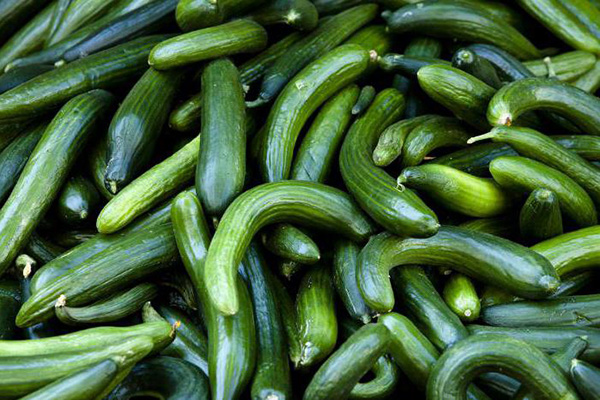

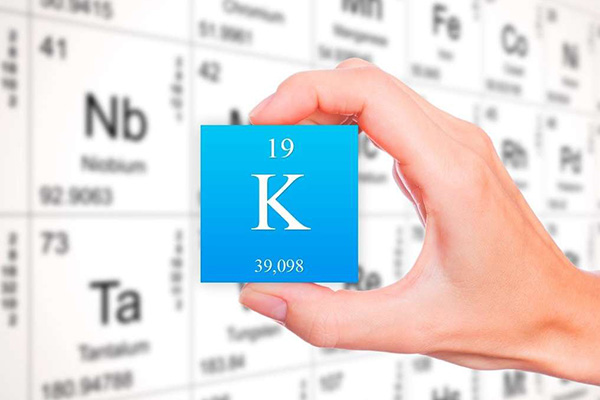
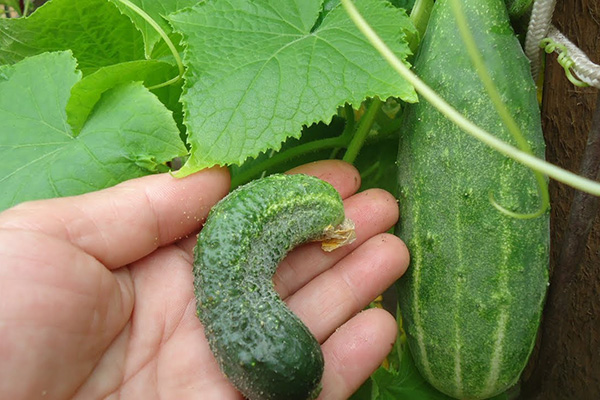

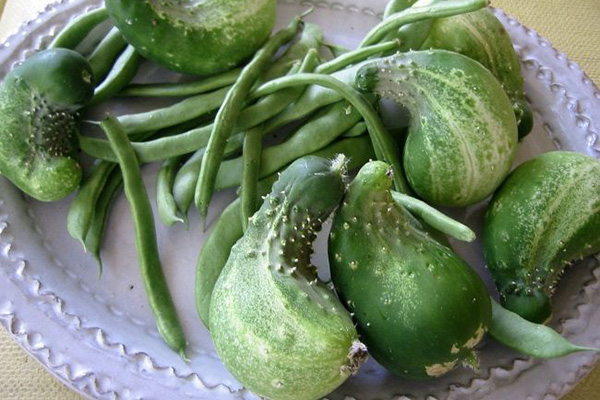
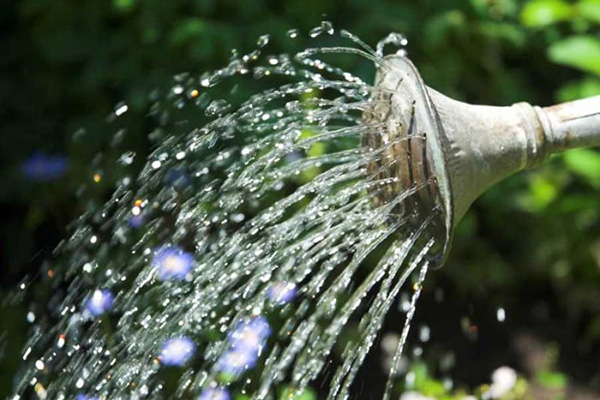
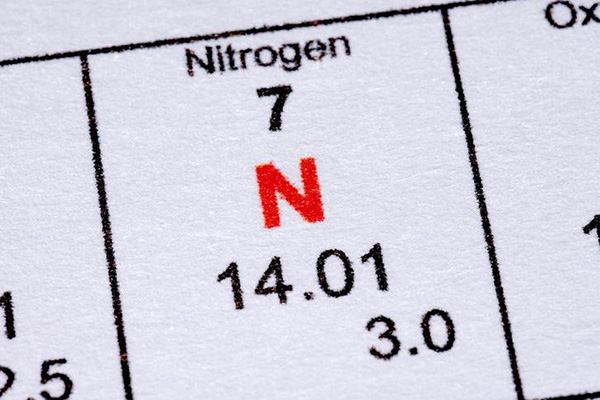
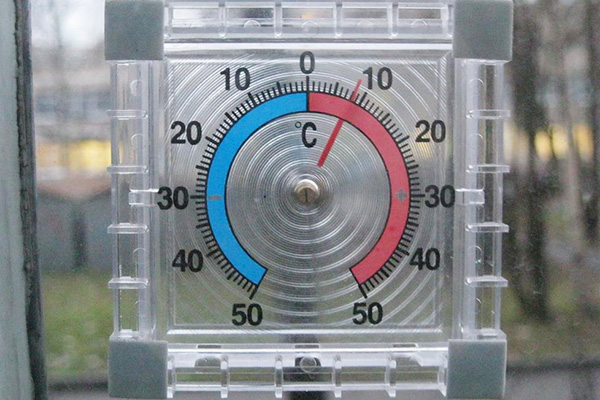

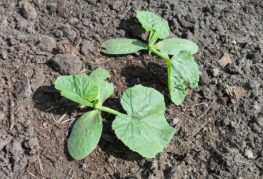
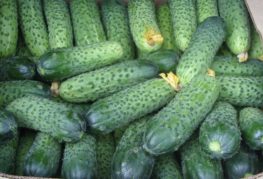

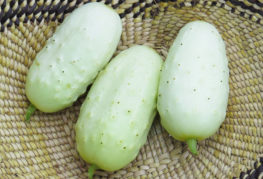

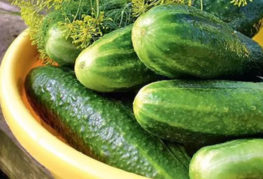
and will be published shortly.